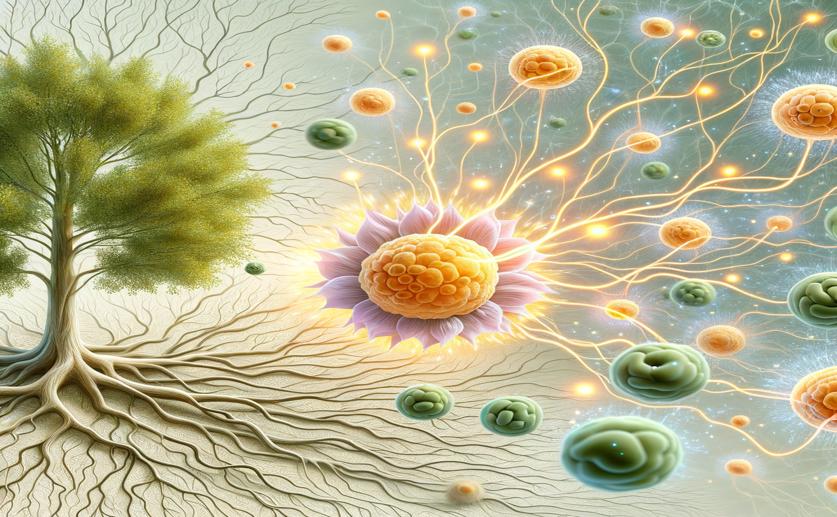
Danshensu Calms Nerve Cells in the Ear by Boosting Potassium Flow
Jenn Hoskins
31st May, 2024

Image Source: Natural Science News, 2024
Key Findings
- The study focused on the neuroprotective effects of Danshensu, derived from the herb Salvia miltiorrhiza, on neurons in the mouse brainstem
- Danshensu significantly reduced the excitability of bushy cells, which are critical for auditory processing, by decreasing their input resistance and shifting the voltage threshold of spiking
- This reduction in neuronal excitability was due to enhanced voltage-gated potassium (K+) currents, including both low and high voltage-activated currents
References
Main Study
1) Danshensu reduces neuronal excitability by enhancing potassium currents in bushy cells in the mouse cochlear nucleus.
Published 1st July, 2024 (future Journal edition)
https://doi.org/10.1097/WNR.0000000000002047
Related Studies
2) Therapeutic potentials and mechanisms of the Chinese traditional medicine Danshensu.
3) Protective roles of puerarin and Danshensu on acute ischemic myocardial injury in rats.
Journal: Phytomedicine : international journal of phytotherapy and phytopharmacology, Issue: Vol 14, Issue 10, Oct 2007
4) A novel Danshensu derivative confers cardioprotection via PI3K/Akt and Nrf2 pathways.



 28th May, 2024 | Jenn Hoskins
28th May, 2024 | Jenn Hoskins